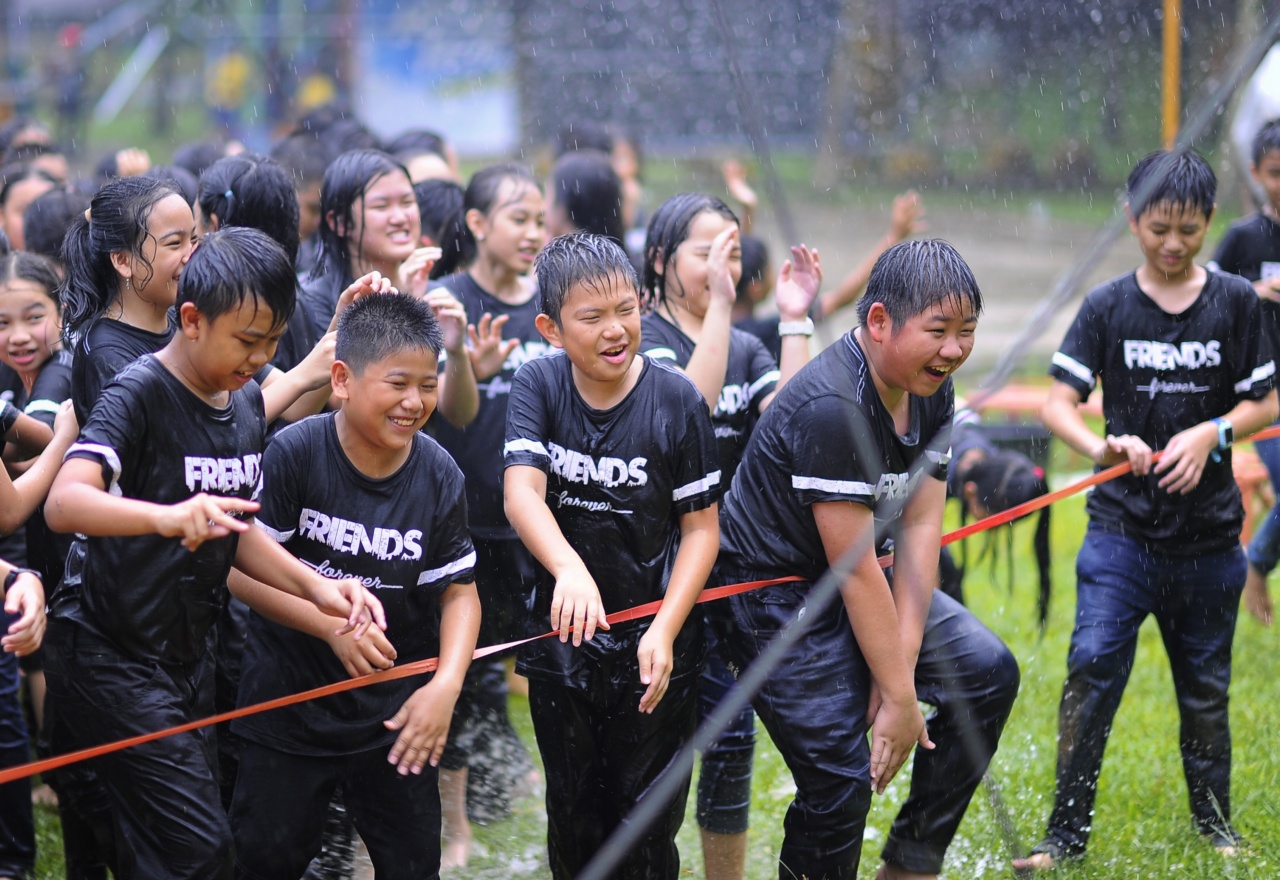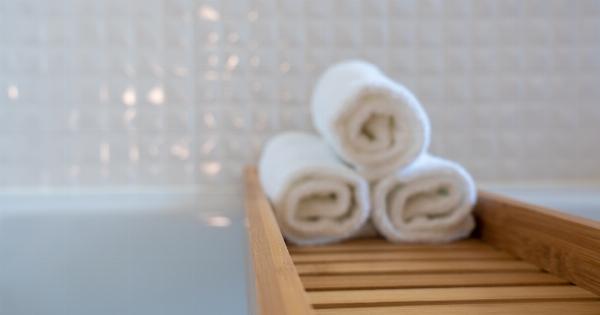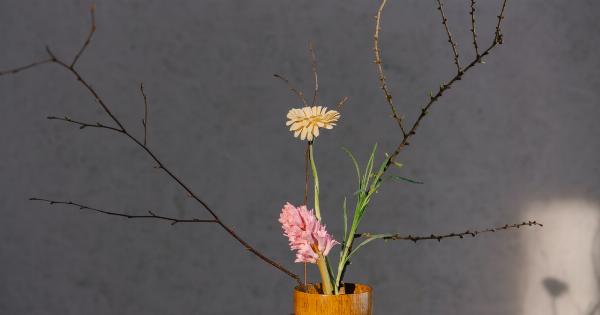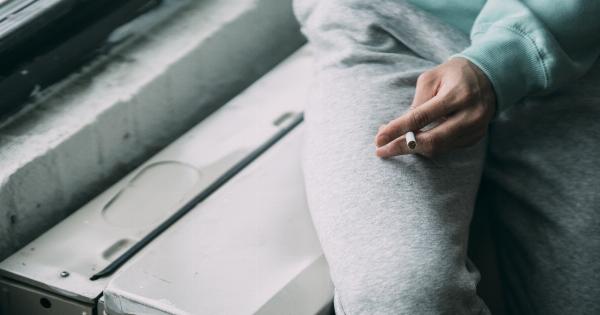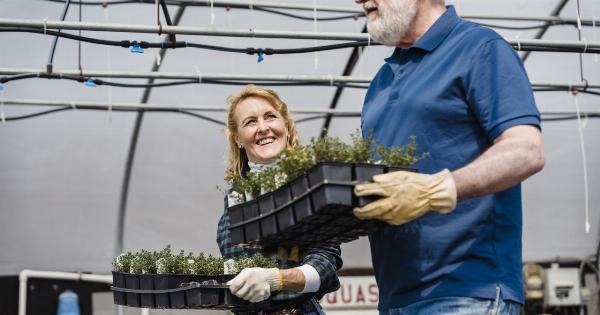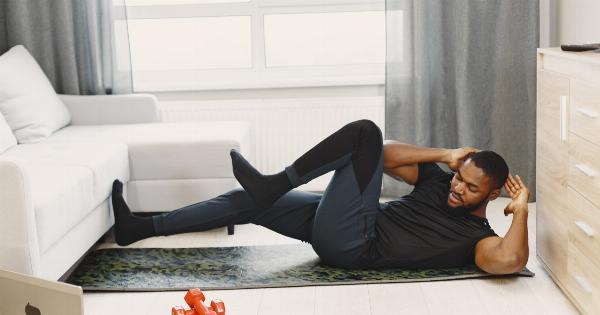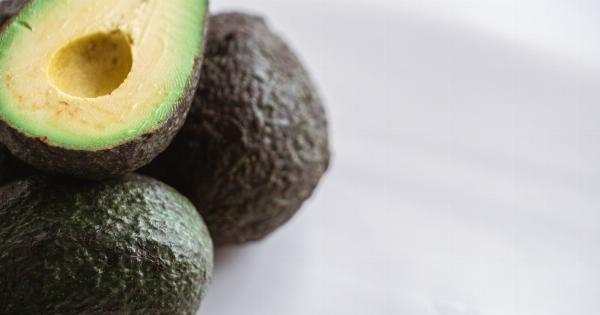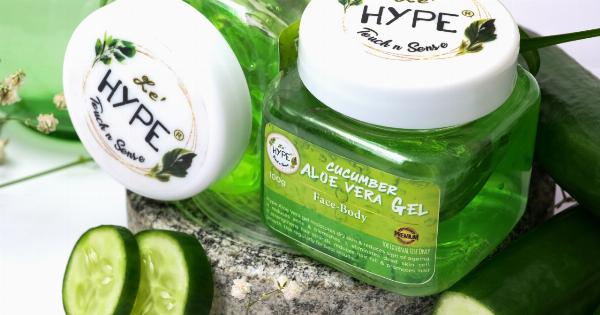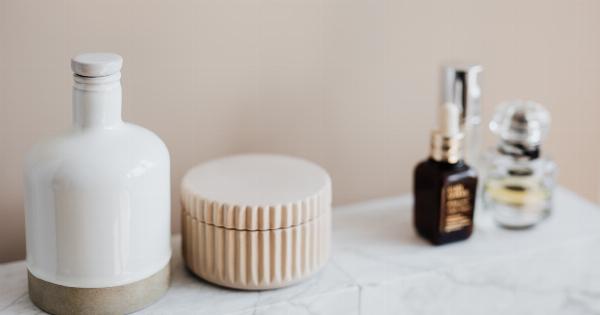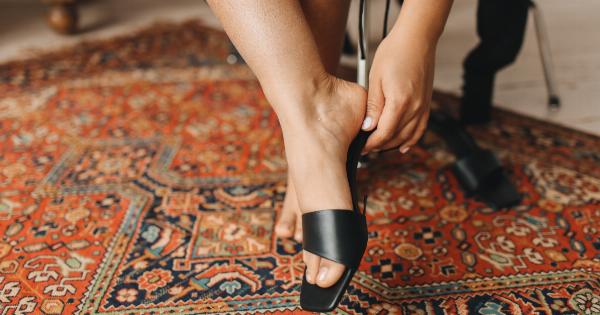Soaked or wet knees are common problems that athletes or those who engage in outdoor activities face.
Wet knees may occur due to the different conditions like rain, snow, or water sports, and the constant contact with moisture may cause a range of medical problems like skin irritation, skin infections and inflammation of the knee joint. In this article, we will take a closer look at the duties and solutions of soaked knees.
Duties
Protect Your Knees
The first duty of anyone facing wet knees is to protect your knees. Wear protective gear such as knee pads, wetsuits or knee-high boots, gloves, or any other appropriate gear to safeguard your knees from moisture and cold.
It is important to choose gear that suits the specific activity you intend to engage in and the moisture levels. For instance, a wetsuit would be appropriate for a water sport, while a knee-high boot would be appropriate in wet, slushy conditions.
Keep Your Knees Dry
Keeping your knees dry is the most effective solution to avoid problems associated with wet knees. Use a waterproof barrier such as a waterproof cream, petroleum jelly, or barrier cream to enable your skin to block out moisture and maintain dryness.
Wearing appropriate clothing is also key in keeping your knees dry. Choose clothing that has been designed to wick moisture and perspiration away from your skin. Also, carry an extra pair of dry clothes or knee guards to change into after engaging in a wet activity.
Restore Skin Moisture
Exposure to moisture can strip your skin of its natural oils and lead to flaking, cracking, and other skin problems. To overcome this, it is important to keep your skin moisturized.
Use a gentle moisturizing cream, lotion, or oil to hydrate your skin and promote healing from any existing skin irritations or injuries. Emollients rich in ceramides, cholesterol, and fatty acids can go a long way in restoring skin moisture, promoting skin health, and healing irritated areas.
Manage Any Infections
As much as the duties we have looked at are preventive measures, sometimes problems cannot be avoided. Infections, for instance, can occur despite taking preventive measures diligently.
In such a situation, it is crucial to manage any infections by seeking medical attention if they persist. Infections like arthroplasty, septic arthritis, or cellulitis can lead to serious complications if left unaddressed.
Such problems may require antibiotics, antifungal, or antiviral medication depending on the specific type of infection, so always seek medical attention.
Solutions
Banding
Banding is the process of tying an elastic band around the knee to prevent moisture from penetrating the area. This is commonly used in water sports such as surfing and kayaking to keep the knee area dry despite the water around.
Various types of bands exist, each designed for different activities and moisture levels.
Waterproofing
Applying a waterproof solution to your clothing or gear is another effective solution in preventing moisture from coming in contact with your knees.
There is a range of products in the market designed to waterproof various types of materials and fabrics. Choose the appropriate solution for the gear you intend to waterproof and always follow manufacturer guidelines for best results.
Padding/Foam
Padding or foam is another effective solution to soaked knees. This is particularly useful for those who engage in activities that require contact with hard surfaces.
Padding or foam cushions the knee from any impact or pressure when touching a hard surface and also acts as an additional barrier against moisture. Knee pads, for instance, can be worn as an additional protective layer in rough or wet terrains to provide a cushioning effect while protecting the knee from moisture.
Knee Braces
Knee braces are another solution to soaked knees. Braces offer support and protection to the knee joint, making it more stable and comfortable when exposed to moisture.
These are widely used in water sports and activities like snowboarding to help avoid dislocation, twists and provide support to weak knees.
Conclusion
Soaked knees are common problems that athletes or those who engage in outdoor activities face.
Wet knees may occur due to the different conditions like rain, snow, or water sports, and the constant contact with moisture may cause a range of medical problems like skin irritation, skin infections and inflammation of the knee joint. To avoid such problems, it is crucial to wear appropriate protective gear such knee pads and boots, keep your knees dry, restore skin moisture, and manage infections as appropriate.
If, however, problems arise despite preventive measures, there are solutions such as banding, waterproofing, padding /foam, and knee braces that you can avail to help protect and support your knee joint.
